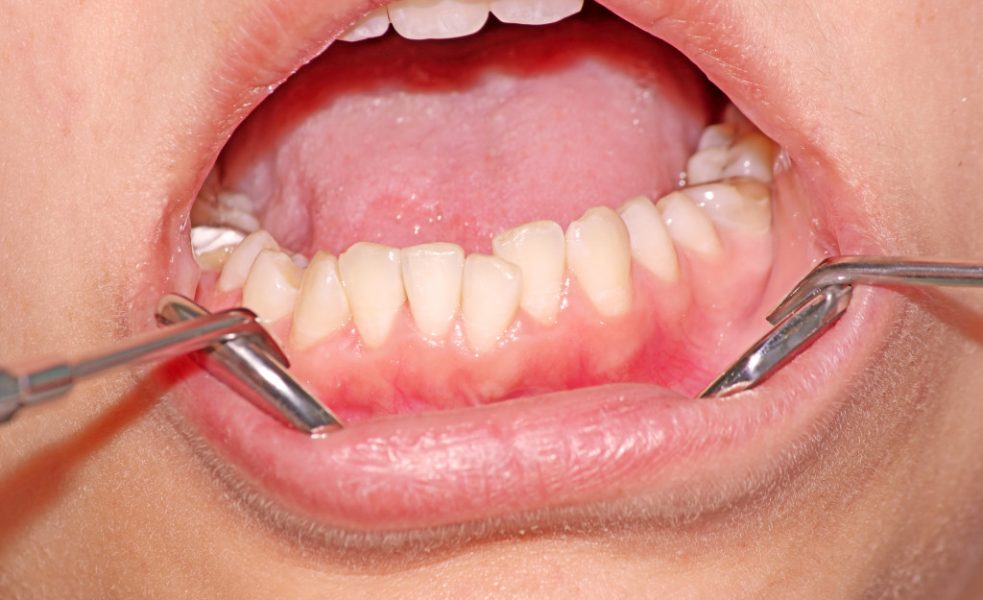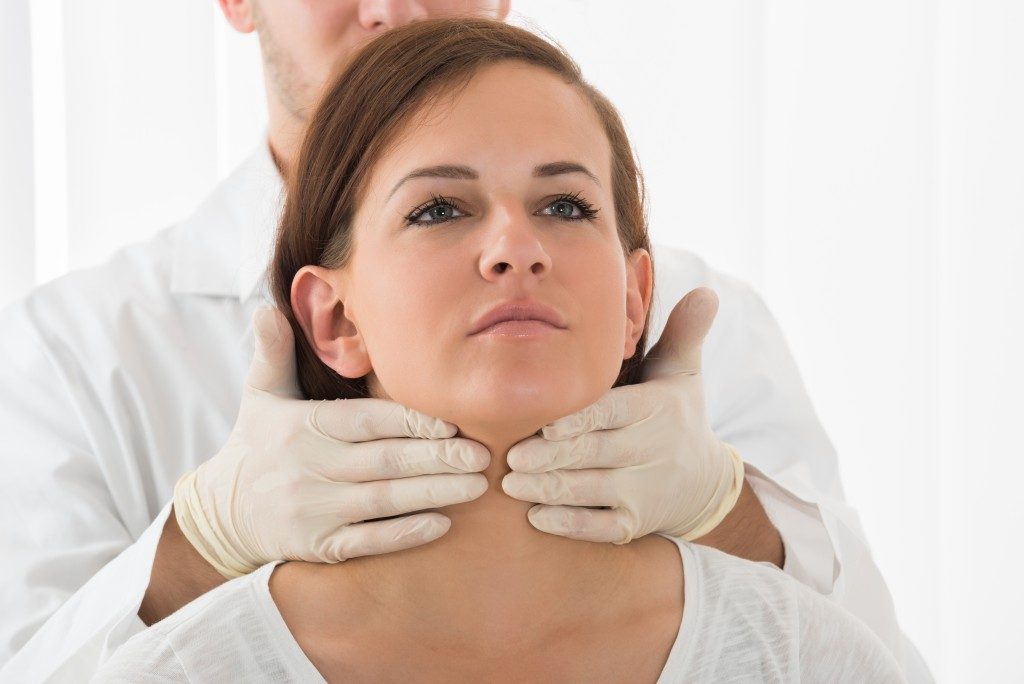- Dental crowding, a common orthodontic issue, impacts oral hygiene, speech, and digestion and can cause pain and sleep apnea.
- Crowded teeth lead to hygiene challenges with plaque buildup, potentially leading to periodontitis, a severe gum disease.
- Speech impediments, difficulty in chewing and digestion, and jaw pain are direct consequences of dental crowding.
- Dental crowding can narrow airways, causing sleep apnea, a disorder linked to severe health conditions like hypertension.
- Solutions to dental crowding include arch expansion, braces, veneers, crowns, and Invisalign, improving oral health and aesthetics.
Smiling is infectious. When someone flashes a wide, confident smile, it’s hard not to smile back. However, if you are someone with dental crowding, this can affect not just your confidence but your overall health, too.
Dental crowding happens when your teeth lack room to grow, causing them to become cramped together at a particular position. The results can be crooked teeth, overlapping teeth, or teeth that twist, shift, or tilt. While many people perceive this as solely a cosmetic problem, the truth is that dental crowding can have significant impacts on your life: physical, emotional, and social. Here’s what you need to know about it, how it affects you physically, and how to deal with it.
Leading Problems of Dental Crowding
Dental crowding is one of the most common orthodontic problems. It can cause a wide range of issues, including:
1. Oral Hygiene Challenges
When teeth are tightly packed together, it becomes challenging for your toothbrush bristles and floss to reach every corner of your mouth and clean your teeth properly. This results in food particles and bacteria accumulation in those hard-to-reach areas, causing plaque buildup, gum inflammation, and eventually periodontitis. Periodontitis is a severe gum disease that can lead to tooth loss and affect overall well-being.

2. Speech Impediments
The misalignment of teeth can lead to speech impediments. This can include a lisp, difficulty pronouncing certain words, and a noticeable change in how a person speaks. Dental crowding can also impact the sound of your breathing, disturbing other people when you speak.
3. Issues with Chewing and Digestion
Dental crowding can make it difficult to chew and grind your food correctly, making it challenging to digest properly. It can also lead to painful chewing, preventing you from certain food types.
4. Jaw Pain and Headaches
When teeth are cramped together, it can place pressure on your jaw and impact the alignment of your jaw joint. The misalignment causes pain, such as headaches, neck pain, and even earaches.
5. Sleep Apnea
When your teeth are crowded, it can lead to narrow airways, leading to sleep apnea. Sleep apnea is a sleep disorder that causes your breathing to stop and start multiple times during the night. When left untreated, the impact can lead to serious health issues like stroke, hypertension, and diabetes.
How to Deal With Dental Crowding
There are various ways to deal with dental crowding. Here are five ways:
Arch Expansion
The main problem dental crowding causes is the lack of room for your teeth to grow. This can be solved with arch expansion, which involves widening the dental arch of the mouth. This procedure is done by placing a dental arch expansion appliance in your jaws to widen them apart and create space between each tooth. It’s the most reliable and successful way to reduce dental crowding immediately.

Braces
Braces are a popular way of dealing with dental crowding, as they move teeth into their correct positions and align them in the right direction. It can also be used to widen the dental arch, and it can be beneficial for teeth that are crooked or overlapping.
Veneers
Veneers are thin porcelain shells that fit perfectly over your teeth, covering up any flaws in your smile. This method is ideal for those with misaligned and discolored teeth, as veneers help correct the alignment while hiding imperfections.
Crowns
Crowns are caps placed over your existing teeth to improve their shape, size, and alignment. This method is ideal for those severely damaged and crooked teeth due to dental crowding.
Invisalign
Invisalign is an invisible orthodontic appliance used to straighten your teeth without braces. It’s a popular option for those who want straighter teeth but don’t want the visible metal wires of traditional braces.
Dental crowding is not just a cosmetic issue but can profoundly impact an individual’s overall health, from oral hygiene to digestion. However, various solutions can help manage and rectify this condition. If you’re struggling with dental crowding, consult an orthodontist who can guide you through the best treatment option based on your particular case. Remember, your smile, health, and confidence are intertwined, and taking care of one aspect positively influences the others.



